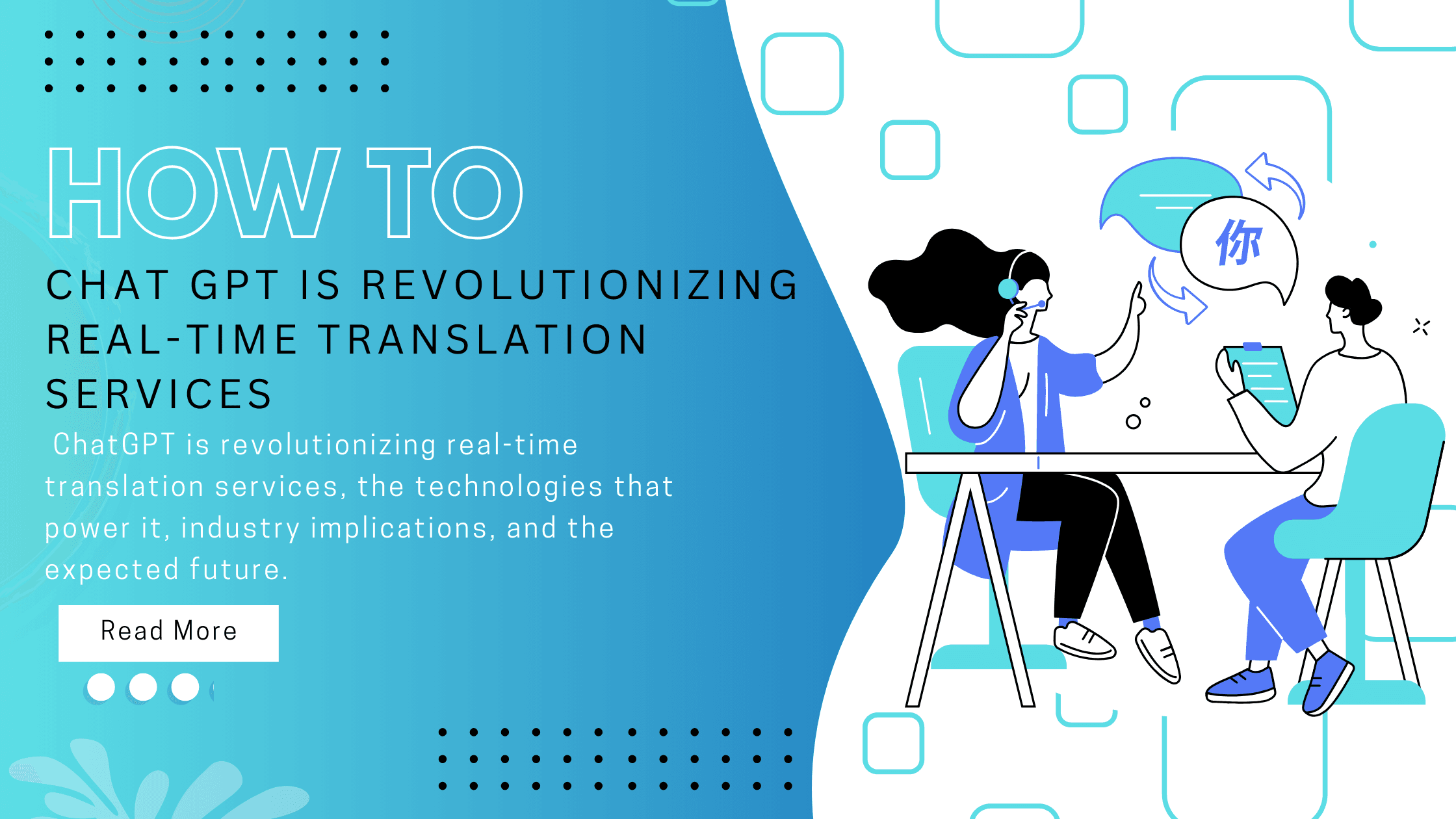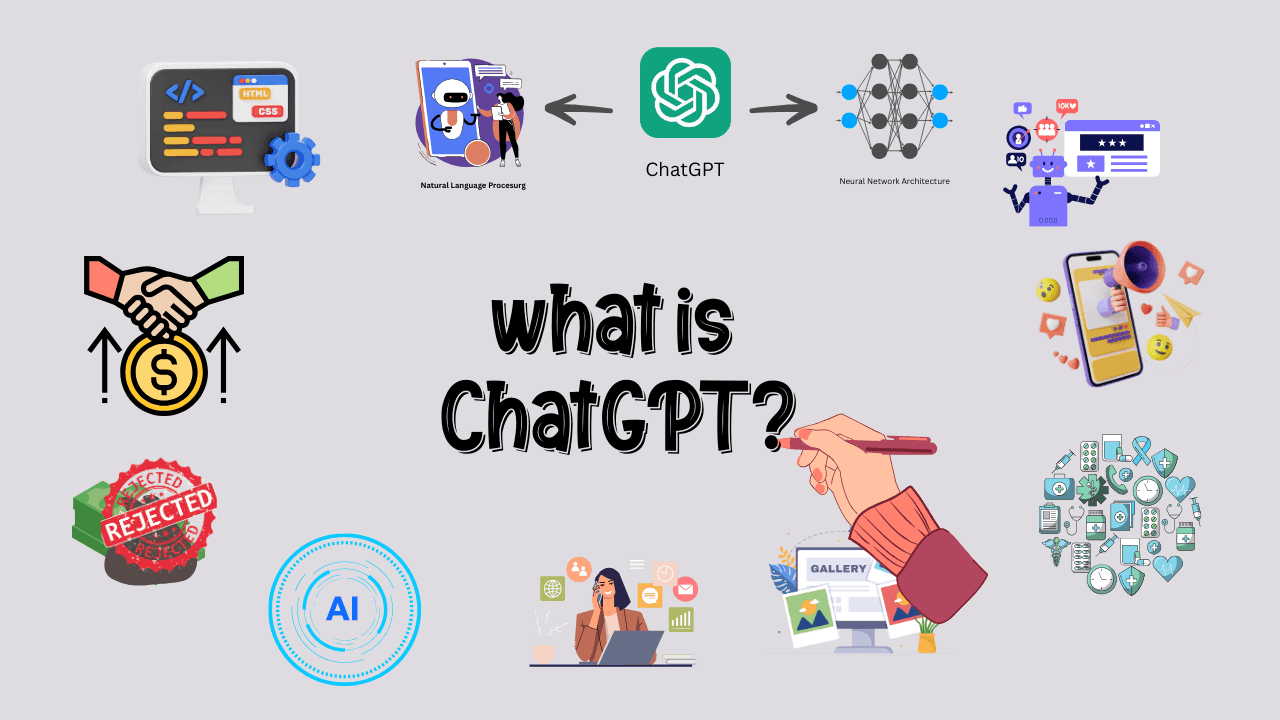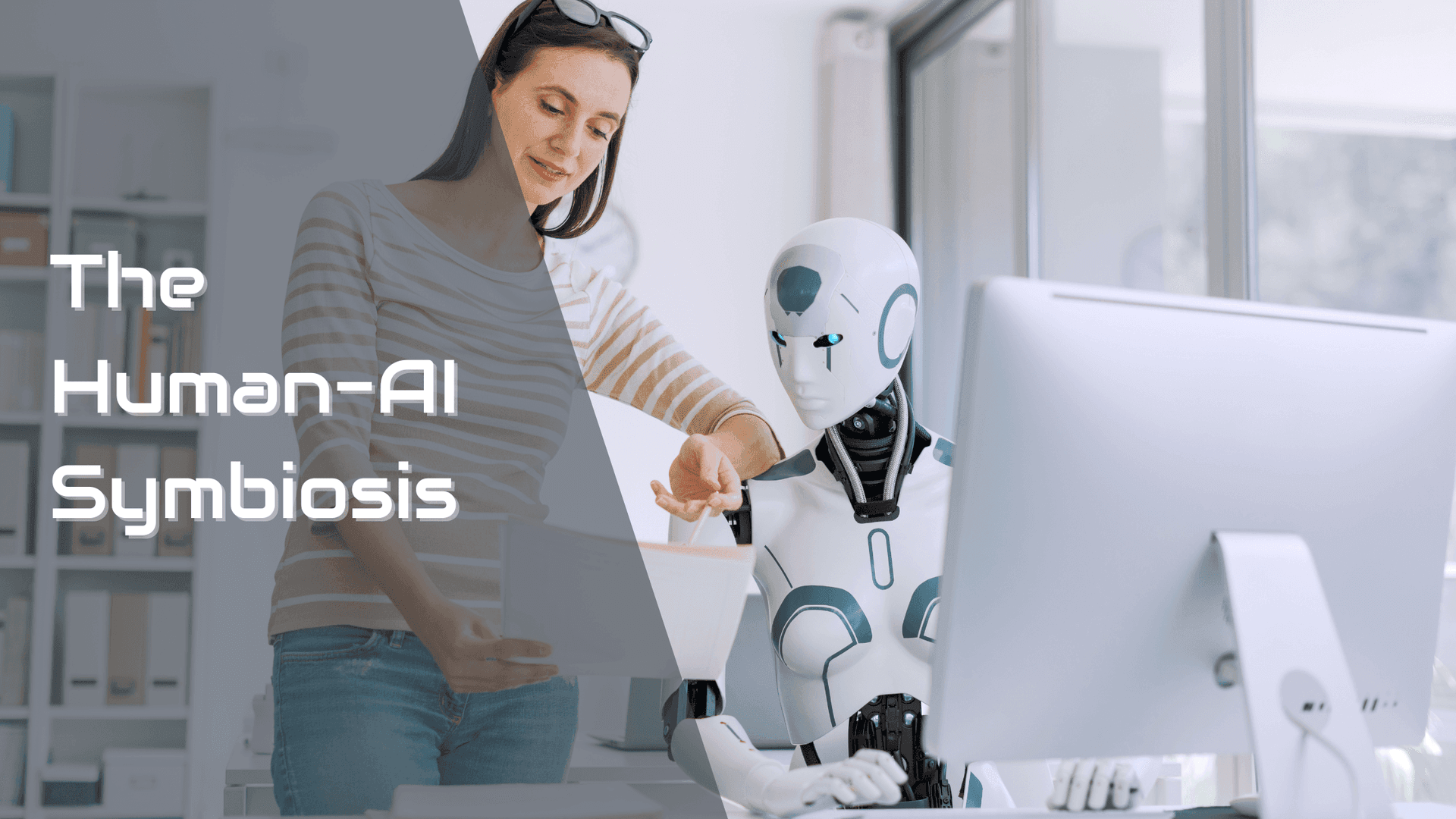The need for seamless communication across language barriers has never been more apparent in our globalizing world. In every permutation of these situations--be it international business, tourism, education, or healthcare the understanding and ability to communicate in many languages stand as a great asset. Real-time translation services have shifted to meet that demand from previously stilted, error-prone applications to sophisticated systems capable of carrying multilingual conversations with surprising fluency. ChatGPT, OpenAI's advanced language model, is spearheading this transformation and is starting to change the very perception and application of real-time translation around the world. This article discusses how ChatGPT translate is revolutionizing real-time translation services, the technologies that power it, industry implications, and the expected future.

Earlier Translation Tools Translation technology started its life with the use of basic phrasebooks and manual dictionaries. They became obsolete when snippet computer translations began to appear, mainly with the 1950s-60s rule-based systems for machine translations. These followed strict grammatical rules and yet had no understanding of language subtleties, resulting in poor accuracy and limited applicability.
In the 1990s and early 2000s, in a time when statistical machine translation (SMT) was the norm, these systems utilized tons of bilingual texts to predict translations, and this is where Google Translate was born from. Then in the mid-2010s, with a shift to Neural Machine Translation (NMT), digitization proceeded with a bang. NMT working on the principles of deep learning has greatly improved fluency, coherence, and contextual interpretation.This paved the way for smarter tools like GPT translate, which benefit from NMT’s breakthroughs.
That being said, even with all these improvements, though, NMT still struggled to maintain context across longer sentences-and even more so with idiomatic expressions. Large language models-GPT-3 and GPT-4-would hence provide a paradigm shift: Not only did they translate thousands of millions of words, but they comprehended the context, tone, and meaning-like so much of what we considered impossible.

The most powerful component of ChatGPT uses a transformer-based architecture that takes input sequences and generates output through the prediction of the next most plausible word or token. It understands
Context:
Unlike earlier models, ChatGPT retains conversational memory within a session.
Semantics and Syntax:
It grasps sentence structures, idioms, and varying tones.
Multilingual Input:
It can listen to, speak, and switch across spoken languages quite smoothly, sometimes within the same conversation.These functionalities allow chat gpt translate to deliver results beyond basic translation.
1. Higher Precision and Contextual Comprehension
Typical translating devices generate very literal translations from one language to another, which can do mental cartwheels. ChatGPT changes that dynamic, delivering translations sensitive to context such as tone, cultural implications, and idiomatic expressions. Example. "It is raining cats and dogs"- This would be translated into Spanish or Mandarin by most machine translators literally; it wouldn't have it meaning. However. ChatGPT might have access to the idiom and give up a culturally similar term, like 'llueve a cántaros' (Spain) or '倾盆大雨' (Mandarin).This is where translate gpt excels over traditional tools.
2. Multilingual Fluency
Dozens of languages are covered under ChatGPT, which can also understand the inputs of multiple languages at the same time in a single conversation. This application is highly suitable for international customer service centers and global e-commerce platforms. For instance, imagine a customer in Japan typing a question in Japanese that is delivered to representatives in Brazil in Portuguese and their reply being automatically translated back to the customer in Japanese-all facilitated by ChatGPT translate.
3. Real-Time Turn Conversations
ChatGPT's conversational interface allows for dynamic, flowing interactions beyond just single-sentence queries. This enables it to function more like a human interpreter in real-life scenarios.
Applications:
Live chat for multilingual customer support. Real-time translation during virtual meetings. On-the-fly translation for mobile apps.
4. Code Switching and Mixed Language Conversations
In many multilingual communities, speakers often switch between languages mid-sentence. Traditional tools struggle with such inputs, but ChatGPT translation manages these seamlessly. Example: A bilingual user might say, "Voy al store para comprar milk." ChatGPT can accurately identify and translate the sentence: "I'm going to the store to buy milk."
Healthcare:
Miscommunication can cause havoc in a healthcare scenario. The barriers for doctors can be significantly lowered using the real-time translation from ChatGPT that would allow them to streamline proper diagnosis/referral and care of a patient who speaks a different language. Such scenarios greatly benefit from gpt translate in critical real-time usage.

Examples:
Remote consultations with patients of rural or non-English speaking regions. To keep data archival and imaging in real-time; doctors will have the dataset under their fingertips.
Businesses are going global and therefore, customer support should also go global. ChatGPT has paved a way through which businesses can operate in their customers' languages without having enormous multilingual teams.
Benefits:
Reduced hiring and training costs. Quicker, precise answers. Improved customer satisfaction.
With travel, language barriers tend to plague every single tourist. ChatGPT acts as a live travel companion who assists users in translating a sign, menu, and speech instantly.
Integration Possibilities:
In-house translation for hotel bookings. Interactive kiosks for use powered with multilingual ChatGPT translate assistants.
All students new to languages or studying in a foreign land gain great strides from ChatGPT potential.
Judgments:
Real-time translations in virtual class settings. Clarifying course material. Language tutoring with context-relevant responses.
There are very few errors that can appear in legal writing. There is always a balanced and very precise wording. ChatGPT takes one step further and always translates law documents speedily and smoothly. "The training data goes up to October 2023."jargon, documents, or forms so that they can easily be understood.
Use Case Example:
For example, Immigration services provide assistance in real time in many languages to ensure applicants clearly understand what the requirements are.This becomes even more efficient when powered by a gpt translator.
Voice Assistants:
When paired with voice recognition and speech synthesis, ChatGPT can become a truly real-time streaming multilingual voice assistant.
Imaginary case:
Speak into your phone in English; it immediately spews out fluent Arabic or Hindi when powered through ChatGPT translate and TTS/ASR (Text-to-Speech/Automatic Speech Recognition) systems.
Wearable Technology:
ChatGPT could be added to smart glasses and earbuds to provide translations in whispers during conversations, almost like a sci-fi universal translator

1. Sensitive Context Accuracy
ChatGPT is ingeniously accurate, although just an AI model, so at times it fails to read the nuances accurately- especially in a legal, medical, or diplomatic context. It would require a human watchdog in such a high-stakes situation.
2.Privacy and Security
Private conversations are usually translated in real time, so it is required that ChatGPT utilizes personal data in the compliance of data privacy laws like that of GDPR and HIPAA, before adopting it at a corporate level.
3. Cultural Nuance and Bias
Language itself is closely bound up with culture and sometimes even right translation would be offensive or perhaps a mistake because of the intake difference. This calls for developers to divest into bias reduction and cultural sensitivity in AI training.
4. Internet and Computational Requirements
A good internet connection with huge computing power is a must, almost always required by real-time translation powered by ChatGPT. In low-resource settings, this can serve as a roadblock.These are limitations that even the best chatgpt translate applications face.
1. Offline-to-Online Translation Capability
With finer optimizations to come soon, light and agile ChatGPT should ultimately be able to provide real-time translation without constant internet access. This would be a significant breakthrough for remote and developing areas.
2. Personal Translation
Next generations may facilitate the personal translation customizations - tone, formality, or dialect - according to the preference of the user that bases on his or her identity or requirement.
3. Emotion and Sentiment Translation
Translating not merely the words but rather the feelings and emotions will be a significant step forward. Combining sentiment analysis with translation can help preserve the tone as well as the emotion across languages.
4. Cross-Modal Translation
Integration of ChatGPT with visual and auditory inputs will open up interesting possibilities such as translating sign language in real time or interpreting texts from images and videos on the fly.
